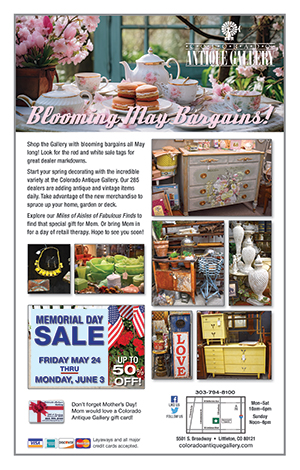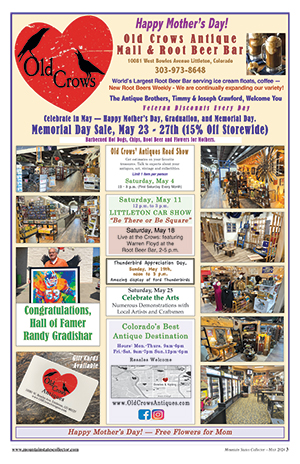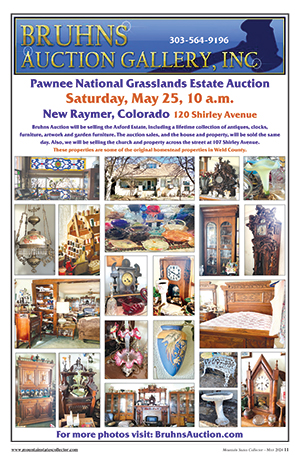By Robert Reed
For centuries the method of pulling loops of colored material through a mesh of open fabric was well known but the settlers who came to America enhanced it.
The enduring hooked rug was to be sure quite specifically a home craft of this country.
“Rug hooking was a craft born of necessity,” notes Jessie A. Turbayne the author of Hooked Rugs. “The technique of pulling up or hooking rag strips and woolen yarns through a woven fabric base proved to be an economical and undemanding method of making floor coverings for drafty homes.”
Even more “the simplicity of the hooking process allowed rug makers the freedom to express their individual creativity,” Turbayne points out. “Hooked rugs were functional art, an art of need and poverty.”
Hooked rugs began to appear in homes in substantial numbers in the 1850s. They had been made prior to that time, but in the mid-19th century jute burlap from the Indies–more enduring those earlier materials–became more common to the household.
Homemakers could place burlap feed sacks on a wooden frame, draw a pattern with a charcoal stick, and then draw yarn or thread through the burlap.
While the result was usually artful as well as very practical, crafting was not usually a brief task. Often delicate and intricate patterns took the crafter nearly as long as it took to complete a full quilt.
By the 1860s the art of making hooked rugs had spread to all of New England, and was reported gaining in popularity also in areas like Tennessee, North Carolina, and Ohio.
By 1867, Philena Moxley of Massachusetts had begun stamping patterns of horses, dogs and other animals onto the burlap to allow homemakers to then produce hooked rugs without first sketching a pattern. By the 1670s peddlers were going from pale to place offering stenciled designs on burlap.
Soon shopkeepers offered the patterns, and a few began to stock completed rugs. Reflecting on this, George Francis Dow wrote while curator of the Society for the Preservation of New England Antiquities:
“When I was a small boy even the country grocer had a stamped burlap the farmer’s wife could buy and hook into patterns provided, and these were rugs that are now sold as antiques. When I say small boy that means 1870.”
Ebenezer Ross enhanced the process of hooked rug making in 1886 with the invention of a mechanical punch-hook’ in Toledo, Ohio. Prior to that time various tools were used by crafters including crochet-like hooks made of wood, bone, or metal. Colonials in the late 1700s used a tool specifically designed for tambour furniture work.
Ross and his company became a major supplier of the punch hook in the eastern and central United States, and by 1891 offered a catalog of 56 color-printed patterns as well. In 1895 the Montgomery ward spring and summer catalog featured patterns that included a Spaniel dog with lake and mountains in the background. Concluded the catalog, “every household has its supply of odds and ends, rags and raveling which can be woven into articles of beauty and utility “The makers wanted their rugs to be attractive and pleasing,” explain hooked rug specialists Joel and Kate Kopps, authors of American Hooked and sewn Rugs, “and it is logical to assume that hooking would not have become so widespread and varied in the 19th century had it not been for the appreciation and imitation by neighbors and friends.” The two points out that people, ships, and landscapes required far more skill on the part of the maker than the simpler designs and therefore appeared less frequently. To those unable to purchase a commercial patter, “often a member of the family or talented friend would draw in the design and the actual hooking might then be done by one or several members of the family.”
Aside from the pictorial rugs, two other types-floral and geometric were quite popular for a period of time in America.
Floral patterns very often involved combinations of trees, flowers, vines, branches, and leaves. They were frequently produced on commercial patterns following the Civil War and into the 1920s and 1930s.
Geometrics meanwhile were done simply freehand at home just about as often as they appeared in store-bought patterns. Usually circles, ovals, rectangles, and squares were incorporated into the overall rug design.
Still commercial patterns persisted. Among the many innovators was Edward Sands Frost, who, according to the Illustrated Companion to the Decorative Arts, even though a disabled veteran “began the sale of patterns made from metal stencils to the women of New England and built up a business which flourished into the 20th century.”
Pattern choices were abundant by 1908 when Sears, Roebuck and Company offered a selection that included a pretty flower design, Abrabian horse, a large lion, and two kittens playing on a carpet. Interestingly, the making of hooked rugs both in the home and later as a cottage industry, varied somewhat in intensity by region.
“Pennsylvania German women never turned to the making of hooked rugs with the eagerness and concentration of the women of New England,” wrote Frances Lichten in Folk Art of Rural Pennsylvania. “Hooked rugs in New England, designed with elegance and refinement, made them fitting companions to the mahogany furniture of the earlier Colonial period.”
On the other hand, the Amish and other religious sects whom often settled in the Pennsylvania-New York regions took strongly to hook rug making. The Amish, in fact, even allowed the use of bright colors in quilts and rugs while holding out for more subdued colors in all other textiles.
During the 1920s and early 1930s cottage industries of hooked rug making flourished in sites like Deerfield Industries in Deerfield, Massachusetts, Rosemont Industries in Marion, Virginia, Pine Burr Studio in Apison, Tennessee, and the Spinning Wheel in Ashville, North Carolina.
With interest in the home and in the booming ‘cottage communities, at a peak, Ella Shannon Bowles wrote in her 1927 book, Handmade Rugs, that “the hooked rug mania is sweeping the country with as much spirit as the interest in early American glass. You have only to try to collect rugs to find out how everybody is looking for them.”
Over the past two centuries the production of hooked rugs had generally ebbed and flowed. Major popularity peaked in the mid-1800s, again in the 1890s as part of the Arts and Crafts Movement which lasted well beyond the turn of the century, and as part of the American Colonial Revival of the latter 1920s. It again briefly surged in the 1940s.

















Follow Us